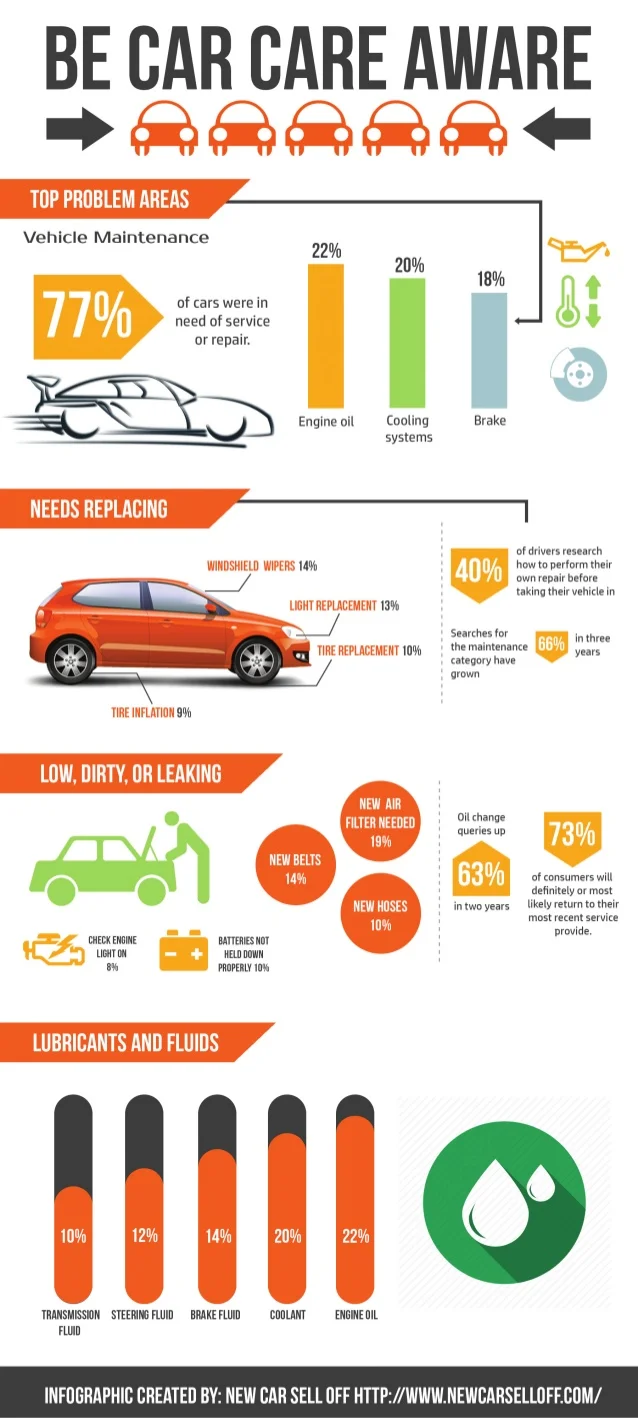Analyzing Your Automobile'S Warning Indicators: What They Actually Share
Analyzing Your Automobile'S Warning Indicators: What They Actually Share
Blog Article
Published By-Boye Dalgaard
When you're behind the wheel, those radiant caution lights on your control panel can be a bit puzzling. Do you recognize what they're trying to inform you concerning your vehicle's wellness? Comprehending the importance of these lights is vital for your security and the long life of your car. So, the following time among those lights pops up, wouldn't you wish to decipher its message properly and take the needed steps to resolve it?
Common Caution Lights and Interpretations
Recognize usual caution lights in your auto and comprehend their meanings to make sure risk-free driving.
The most normal caution lights consist of the check engine light, which signals issues with the engine or exhausts system. If this light begins, it's essential to have your automobile inspected without delay.
The oil stress warning light suggests low oil stress, calling for instant interest to avoid engine damage.
A blinking battery light might recommend a faulty charging system, possibly leaving you stranded otherwise resolved.
https://brakesnearme06283.bloggip.com/29986735/success-story-renewing-an-abandoned-automobile-with-expert-detailing (TPMS) light alerts you to reduced tire pressure, impacting lorry stability and gas efficiency. Disregarding this can cause unsafe driving problems.
The abdominal muscle light shows a problem with the anti-lock stopping system, compromising your capacity to stop promptly in emergencies.
Finally, the coolant temperature cautioning light warns of engine overheating, which can lead to serious damage if not settled promptly.
Recognizing these typical caution lights will certainly aid you attend to problems promptly and maintain safe driving problems.
Relevance of Prompt Interest
Recognizing the usual warning lights in your automobile is just the first step; the value of without delay resolving these cautions can't be emphasized enough to guarantee your safety and security on the road.
When a warning light illuminates on your control panel, it's your automobile's way of interacting a prospective issue that needs interest. Neglecting these warnings can result in a lot more extreme troubles in the future, jeopardizing your safety and possibly costing you much more in repairs.
Prompt interest to alerting lights can protect against failures and crashes. For instance, a flashing check engine light can indicate a misfire that, if left ignored, could create damages to the catalytic converter. Addressing this promptly can conserve you from a costly repair work.
In a similar way, a brake system warning light may indicate low brake fluid or worn brake pads, important components for your security when driving.
Do It Yourself Troubleshooting Tips
If you discover a caution light on your control panel, there are a couple of DIY repairing suggestions you can attempt before seeking expert help.
https://www.postcrescent.com/story/news/local/2021/12/23/gracys-auto-body-owner-little-chute-delivers-lost-packages/9007652002/ is to consult your cars and truck's handbook to understand what the details warning light indicates. Sometimes the concern can be as straightforward as a loosened gas cap triggering the check engine light. Tightening up the gas cap might solve the issue.
One more typical problem is a reduced battery, which can activate different cautioning lights. Checking the battery links for rust and ensuring they're safe and secure could fix the issue.
If a warning light persists, you can attempt resetting it by detaching the auto's battery for a few minutes and afterwards reconnecting it. In addition, inspecting your automobile's fluid levels, such as oil, coolant, and brake fluid, can assist troubleshoot cautioning lights related to these systems.
Conclusion
Finally, recognizing your automobile's caution lights is important for maintaining your car running smoothly and securely. By immediately resolving these notifies and recognizing what they suggest, you can prevent expensive repair services and potential malfunctions.
Bear in mind to consult your car's handbook for specific information on each cautioning light and do something about it accordingly to guarantee a hassle-free driving experience.
Keep notified, stay safe on the road!
